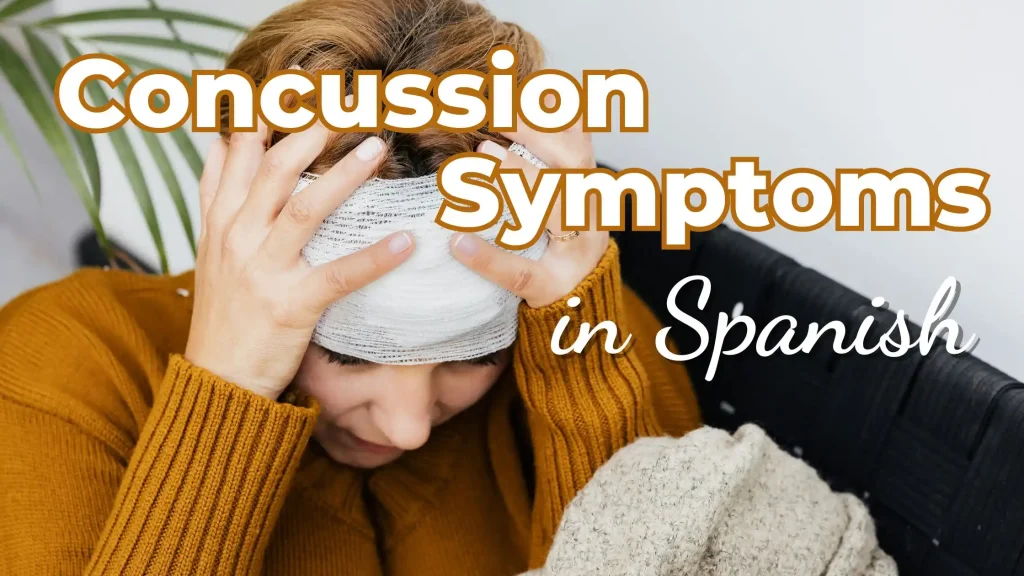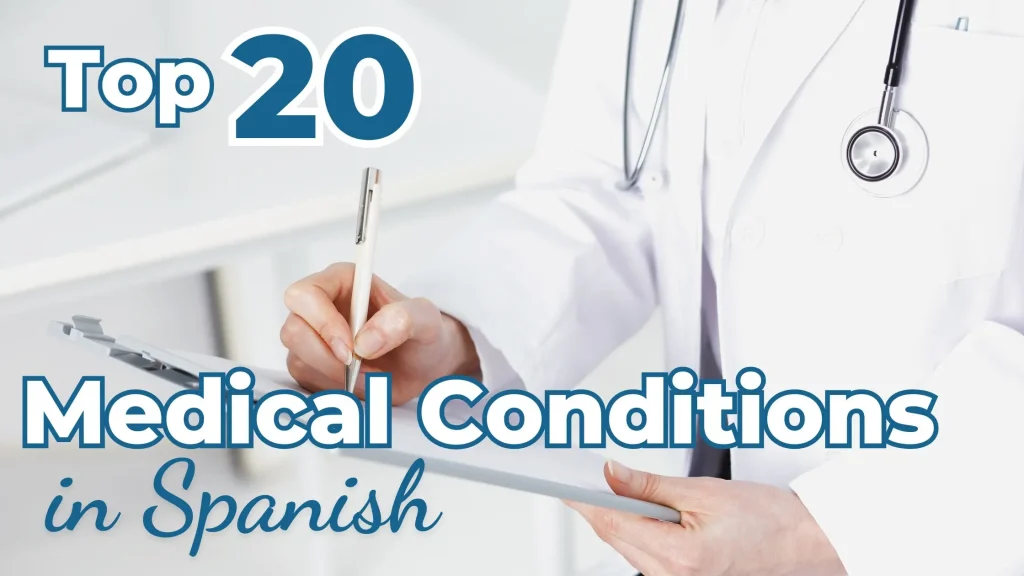In our Top 10 Beginner Medical Spanish Errors, we looked at some of the most common errors our students make at the Beginning I level. Here´s another round of common errors that we see across Beginning I and II courses.
1. ¿De dónde está usted?
So, the above question simply doesn´t make sense. Should be:
OR
¿Dónde está usted? = Where are you (right now)?
El paciente tiene 43 años. = The patient is 43 years old.
Remember: In Spanish, age is expressed as the number of years one has (tener*).
*Tener is also used for several other states of being that would be expressed with the verb “to be” in English: tener frío, tener calor, tener hambre, tener sed, tener prisa, tener miedo.
3. Ella tiene muy vómito.
Ella tiene muy vómito. = She has very vomiting.
Should be:
Ella tiene mucho vómito. = She hasa lot of vomiting.
Remember:
muy = very
mucho = a lot/much
El hermano de mi esposo es mi cuñado. = The brother of my husband is my brother-in-law.
5. ¿Tiene usted alérgico a algún medicamento?
¿Tiene usted alérgico a algún medicamento? = Do you have allergic to any medication?
Should be:
¿Tiene usted alergia a algún medicamento? = Do you have an allergy to any medication?
OR
¿Es usted alérgico/a a algún medicamento? = Are you allergic to any medication?
6. El paciente necesita un intravenoso.
El paciente necesita un intravenoso. = The patient needs an intravenous (meaning “within a vein”).
Should be:
El paciente necesita suero. = The patient needs an IV.
Remember:
el suero = IV (both the fluid and the equipment)
por vía intravenosa = intravenously (referring to how treatment is administered)
7. Hay que toma 2 pastillas al acostarse.
Should be:
Hay que tomar 2 pastillas al acostarse. = Take two pills at bedtime.
Remember: When using hay que to give a soft command (just like when you use necesita, debe, puede, etc.), it must be followed by the infinitive (unconjugated) verb.
8. Necesita tomar la medicina cada otro día.
Should be:
Necesita tomar la medicina un día si, un día no.
OR
Necesita tomar la medicina de día por medio.
Note: Using the phrase cada otro día would not create confusion with your patients, but it is a distinctly English construction translated a bit too literally into Spanish.
9. Durante su embarazada, necesita tomar vitaminas prenatales.
Should be:
Durante su embarazo (or mientras está embarazada), necesita tomar vitaminas prenatales.
Remember:
el embarazo = pregnancy
estar embarazada = to be pregnant
10. El doctor me habló que necesito bajar de peso.
Should be:
El doctor me dijo que necesito bajar de peso.
Remember:
hablar = to speak
decir = to say/tell
Most of the time if you would naturally say “speak” in English, you’ll be using hablar in Spanish. If you intend “say or tell” in English, you’re best off using decir in Spanish.
If you’re working on learning Spanish for your healthcare career, we have the medical Spanish you need!






Pingback: Medical Spanish Errors: Top 10 Mistakes for Beginners
Pingback: Medical Spanish Words ¿Cómo se dice?
A comment left by “Tim” on Common Ground’s previous blog:
Since the point of this page is to point out errors in medical Spanish, I figure I’d throw out my opinion on #6:
I would say that ‘suero’ does not automatically imply anything intravenous. ‘Suero’ literally translates to ‘serum’ and can be either intravenously administered, or can just refer to oral rehydration; “Pedialyte” –for example– is ‘suero.’ And if you told a family in a pediatric case that “el paciente necesita suero,” they could easily assume that that is what you are referring to.
Also, there is really nothing about ‘IV’ that automatically implies ‘suero’ or ‘fluids.’ An IV can be placed solely for blood draws and the administering of medication or anesthesia.
The correct interpretation/translation of ‘IV’ is “sonda intravenosa,” which literally means ‘intravenous catheter/tube.” It does not refer to what is going in nor what is coming out of said tube. It only refers to the “equipment” as you put it.